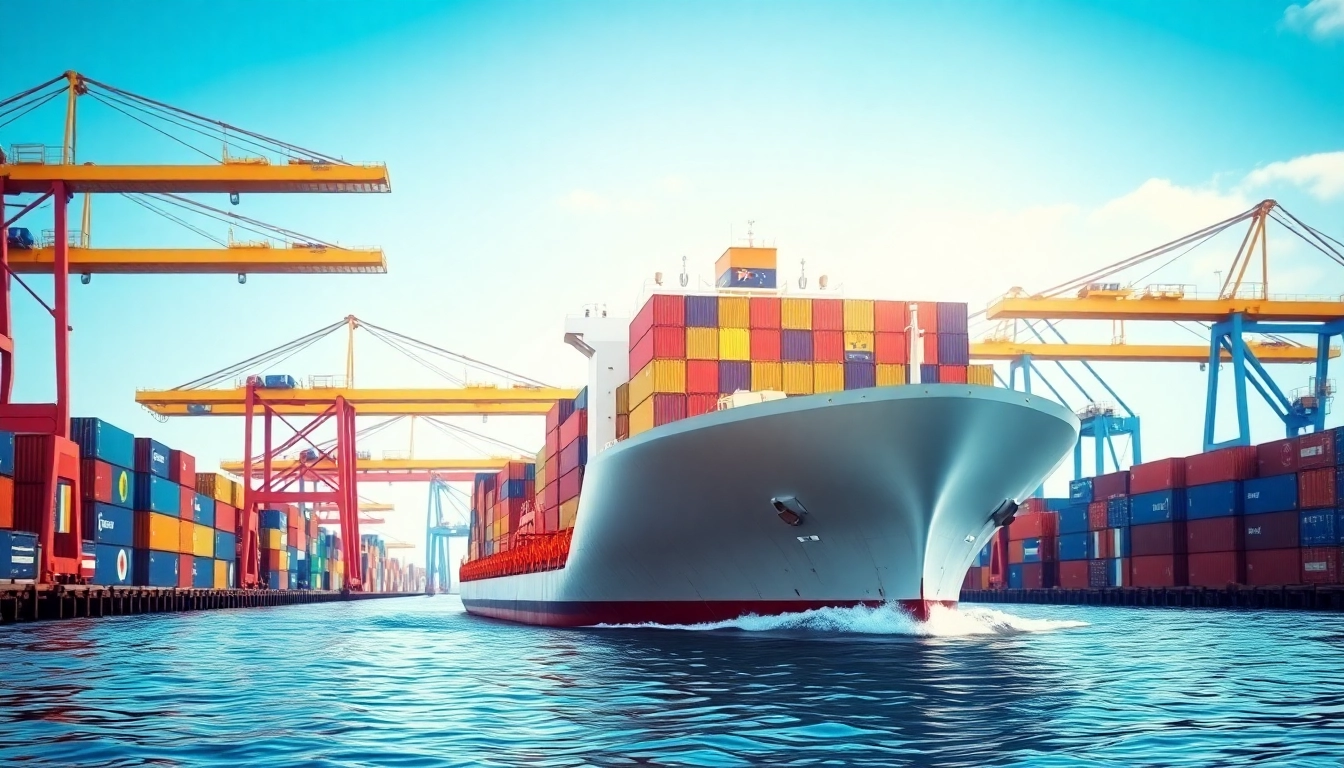
In the interconnected world of global trade, the concept of imports plays a crucial role. Imports refer to goods and services produced in one country and purchased by another, fundamentally shaping a nation’s economy and consumer choices. Understanding imports involves delving into their definition, significance, and the various elements that influence and regulate them. This article provides an extensive exploration of imports, covering their basics, key players in the market, current trends, challenges faced, and future predictions.
The Basics of Imports
Definition of Imports
Imports are defined as goods and services brought into a country from abroad for sale. This trade activity has existed for centuries, facilitating the exchange of resources and products that may be scarce or unavailable in the importing country. In economic terms, imports are a vital component of international trade, as they allow countries to access a broader range of products, enhance competition, and often lead to lower prices for consumers.
The Role of Imports in Trade
Imports significantly contribute to a country’s gross domestic product (GDP) and play a pivotal role in international trade dynamics. By importing goods, countries can meet local demand that might exceed domestic production capabilities. This not only enriches consumer choices but also fosters international relationships built on mutual benefit. Countries specialize in producing particular goods based on their comparative advantage, leading to increased efficiency and optimal resource allocation.
Impacts on the Economy
The impact of imports on the economy can be profound. While they can stimulate competition and lower prices for consumers, an excess of imports relative to exports may lead to trade deficits. Trade deficits occur when a country imports more than it exports, which can potentially weaken the national currency. However, the benefits often include access to diverse products, technological advancements from abroad, and an overall enhancement in living standards.
Key Players in the Import Market
Countries Dominating Imports
Globally, some countries dominate the import market. The United States, for instance, is one of the largest importers in the world, with billions of dollars worth of goods flowing into the country annually. Major import partners include China, Mexico, and Japan, which supply a vast array of products ranging from electronics to agricultural goods. Understanding these dynamics is crucial for businesses looking to navigate the complexities of international trade.
Major Industries Involved
Various industries rely heavily on imports to meet consumer demands and ensure operational efficiency. For instance, the automotive, technology, and pharmaceuticals industries depend on imported raw materials and finished goods. The automotive industry, particularly, imports numerous components from various countries to construct vehicles, often enhancing quality and reducing costs through competitive sourcing. This reliance illustrates the interconnectedness of modern economies and the importance of a robust import strategy.
Import Regulations and Compliance
Importing goods is governed by regulations that vary by country. These regulations can include tariffs, quotas, and quality standards that must be met to avoid penalties. Compliance with local laws and international agreements is crucial for businesses to prevent delays and additional costs. The role of customs authorities also cannot be understated, as they ensure that imports comply with national security standards and trade policies.
Current Trends in Imports
Economic Influences on Import Volumes
The economic landscape has a direct impact on import volumes. Factors such as GDP growth, consumer spending, and inflation are key indicators of import activity. For example, during periods of economic expansion, consumer demand typically rises, leading to increased imports. Conversely, economic downturns often correlate with reduced import activity as consumers tighten their budgets. Monitoring these trends helps businesses adapt their import strategies to changing market conditions.
Shifts in Consumer Demand
Recent trends in consumer behavior have significantly affected import patterns. The shift towards e-commerce has elevated the demand for a broader range of imported goods, especially from emerging markets. Consumers are increasingly drawn to unique products that may not be produced locally, prompting businesses to adapt their inventory strategies to include diverse imported goods. Companies leveraging data analytics can better understand consumer preferences, which aids in making informed import decisions.
Impact of Technology on Import Processes
Advancements in technology are revolutionizing the import sector. From automated customs clearance processes to sophisticated tracking systems, technology enhances efficiency, reduces costs, and improves accuracy in the importation process. Innovations such as blockchain technology are also being explored to ensure transparency and security in international trade transactions. Businesses that embrace these innovations can gain a competitive advantage in the global market.
Challenges Faced in Importing
Tariffs and Trade Restrictions
Tariffs—taxes imposed on imported goods—are a significant challenge for businesses involved in imports. Political decisions can lead to increased tariffs, affecting the costs of imported goods and altering trade relationships. For instance, recent trade tensions between the U.S. and China have resulted in higher tariffs that impacted various industries, reflecting the vulnerabilities businesses face in fluctuating economic conditions. Understanding these challenges is vital for risk management in import operations.
Logistical Issues
Logistics encompasses the entire process of moving goods from one point to another, and inefficiency in this area can hinder imports. Delays at ports, inadequate transportation infrastructure, and customs bottlenecks are common logistical challenges that can increase costs and affect supply chain reliability. Businesses can mitigate these issues through careful planning and partnerships with experienced logistics providers.
Cultural and Legal Barriers
Different countries operate under various cultural and legal frameworks, posing challenges for businesses engaging in imports. Navigating these cultural differences is essential for establishing strong business relationships. Additionally, legal barriers such as differing standards for product safety and quality can complicate import processes. Companies must ensure they conduct thorough research and employ legal counsel to navigate these complexities effectively.
The Future of Imports
Predictions for Import Growth
Forecasts suggest that global import volumes will continue to grow as economies recover and expand. Factors such as burgeoning middle classes in developing nations and increasing consumer demand for high-quality goods will drive this growth. However, businesses must remain vigilant regarding potential economic fluctuations and geopolitical tensions that could disrupt established import patterns.
Environmental Considerations
With rising awareness about environmental sustainability, the import sector faces pressure to comply with stricter environmental regulations. Sustainable sourcing and reduced carbon footprints are becoming focal points for consumers and companies alike. Businesses will need to incorporate sustainability into their import strategies, focusing on eco-friendly practices and sourcing from suppliers committed to sustainable development.
Innovations in Import Practices
As the import landscape evolves, businesses must adapt to innovations such as digital documentation and artificial intelligence in supply chain management. Implementing these technologies can streamline processes, reduce costs, and enhance transparency in the importation of goods. Companies that lead in adopting innovative practices will likely gain a competitive edge in the ever-changing global market.






